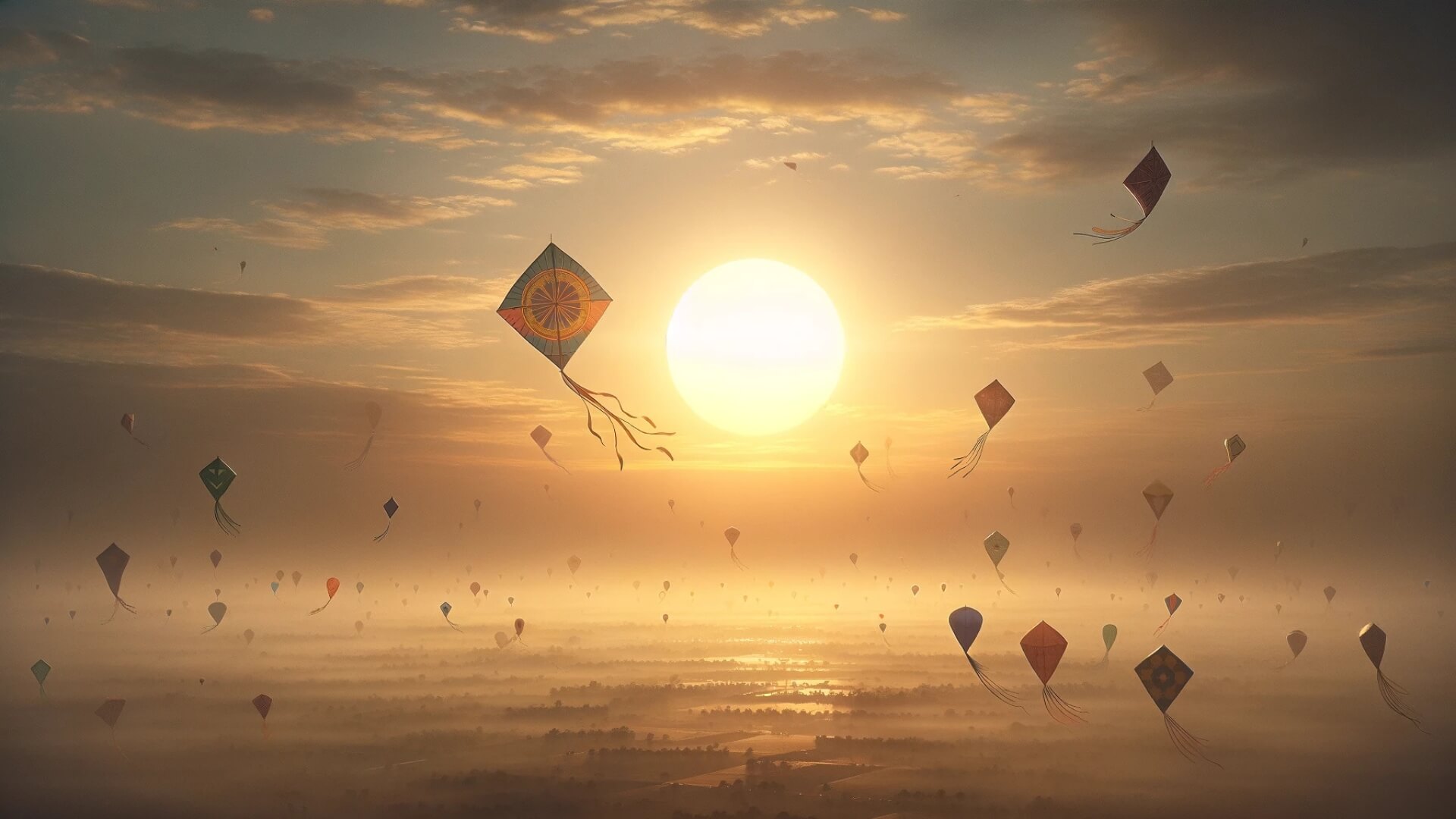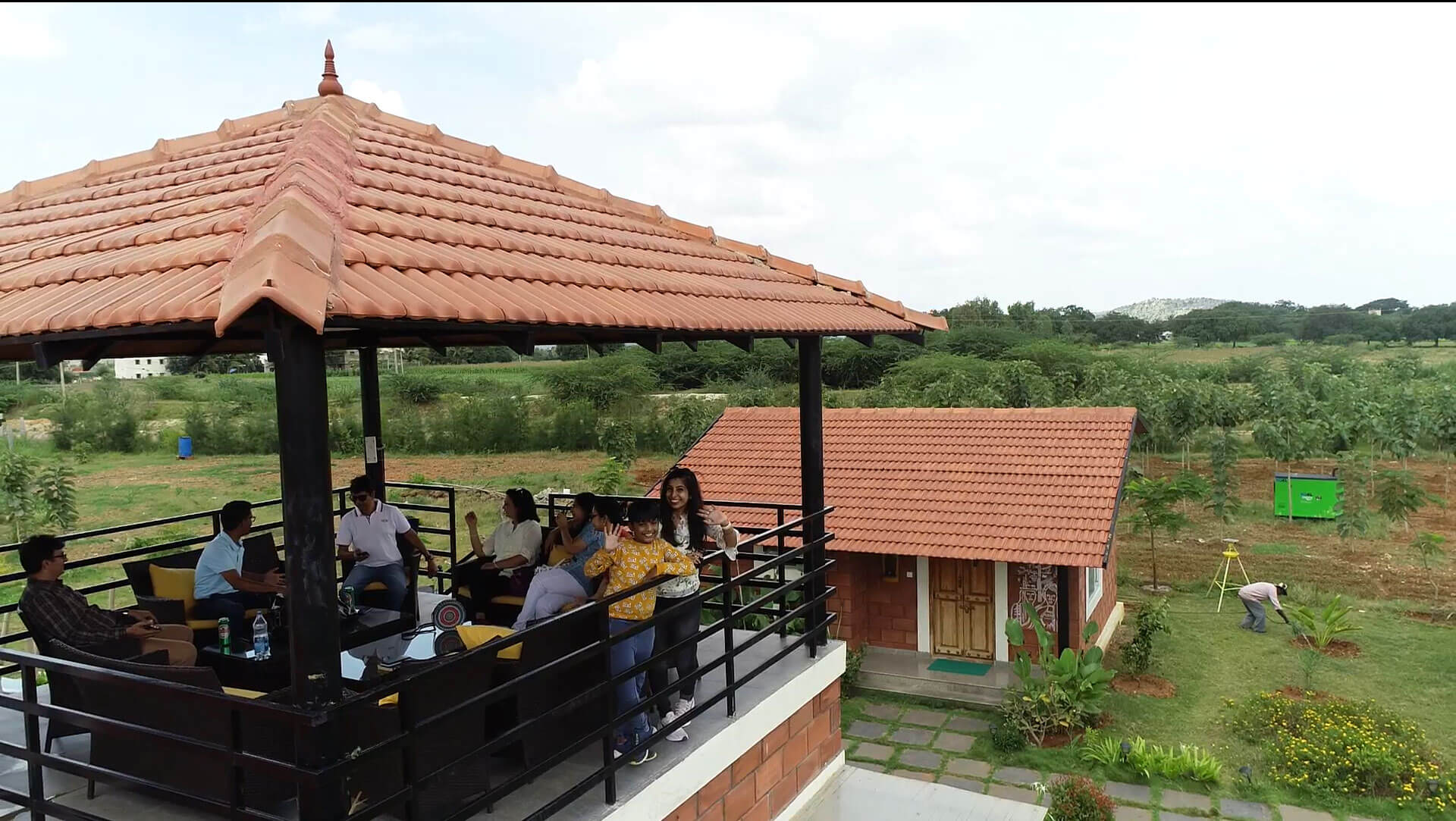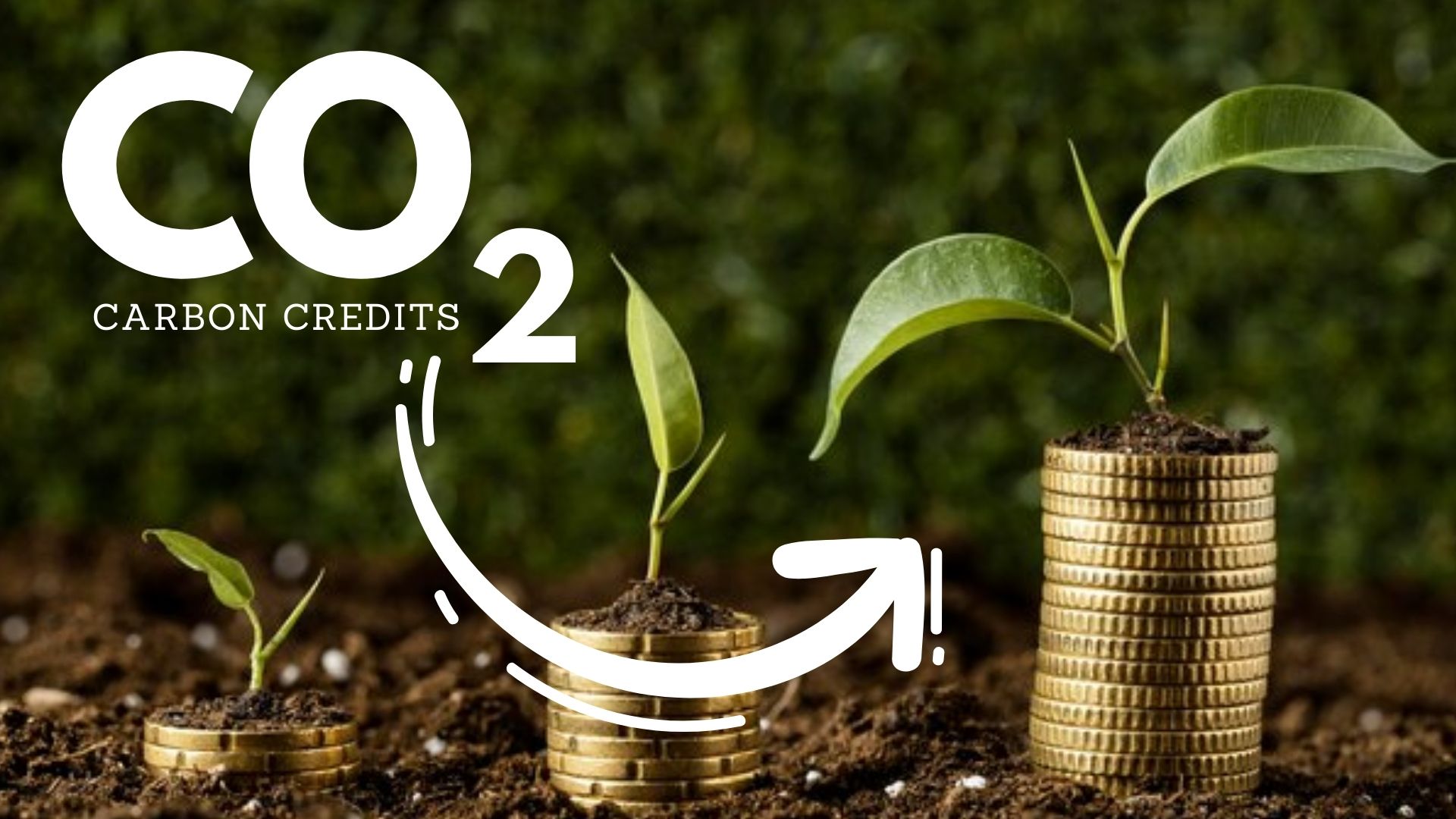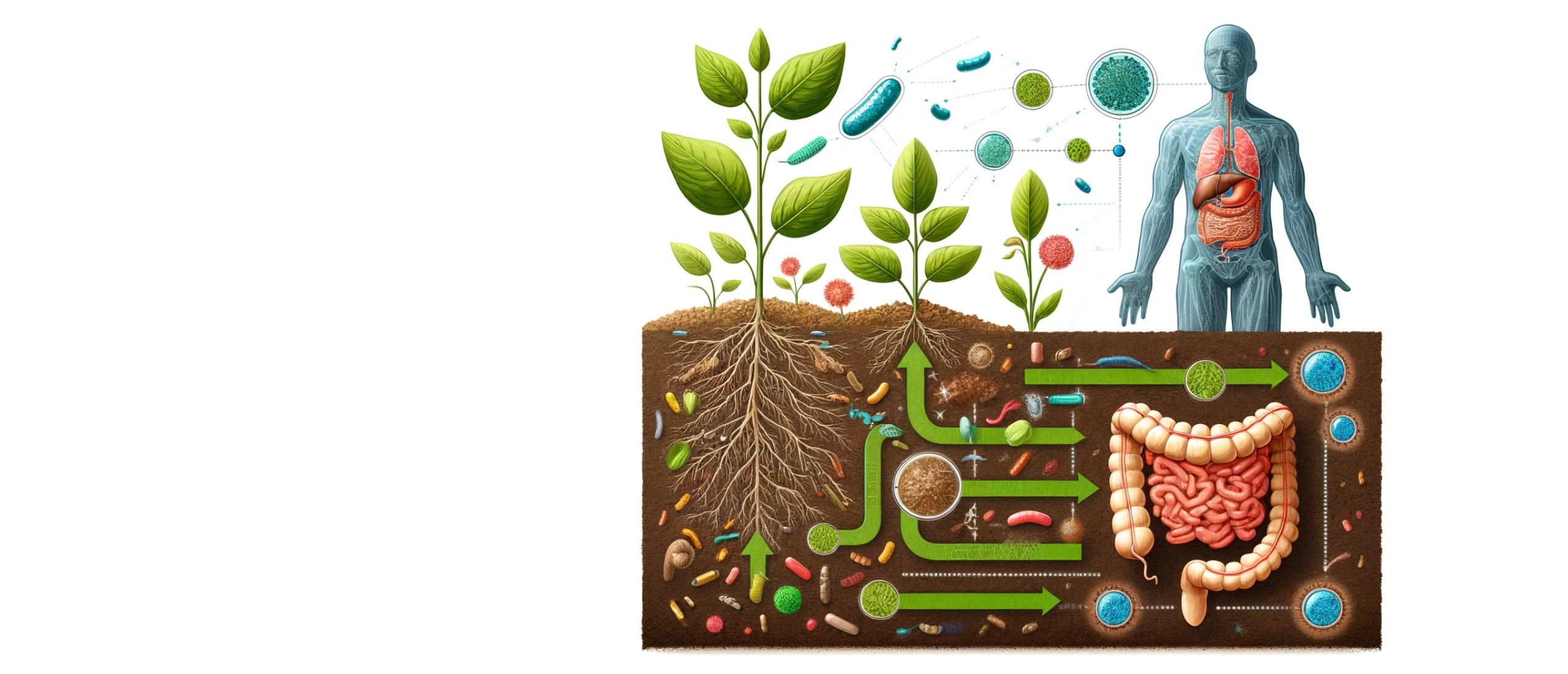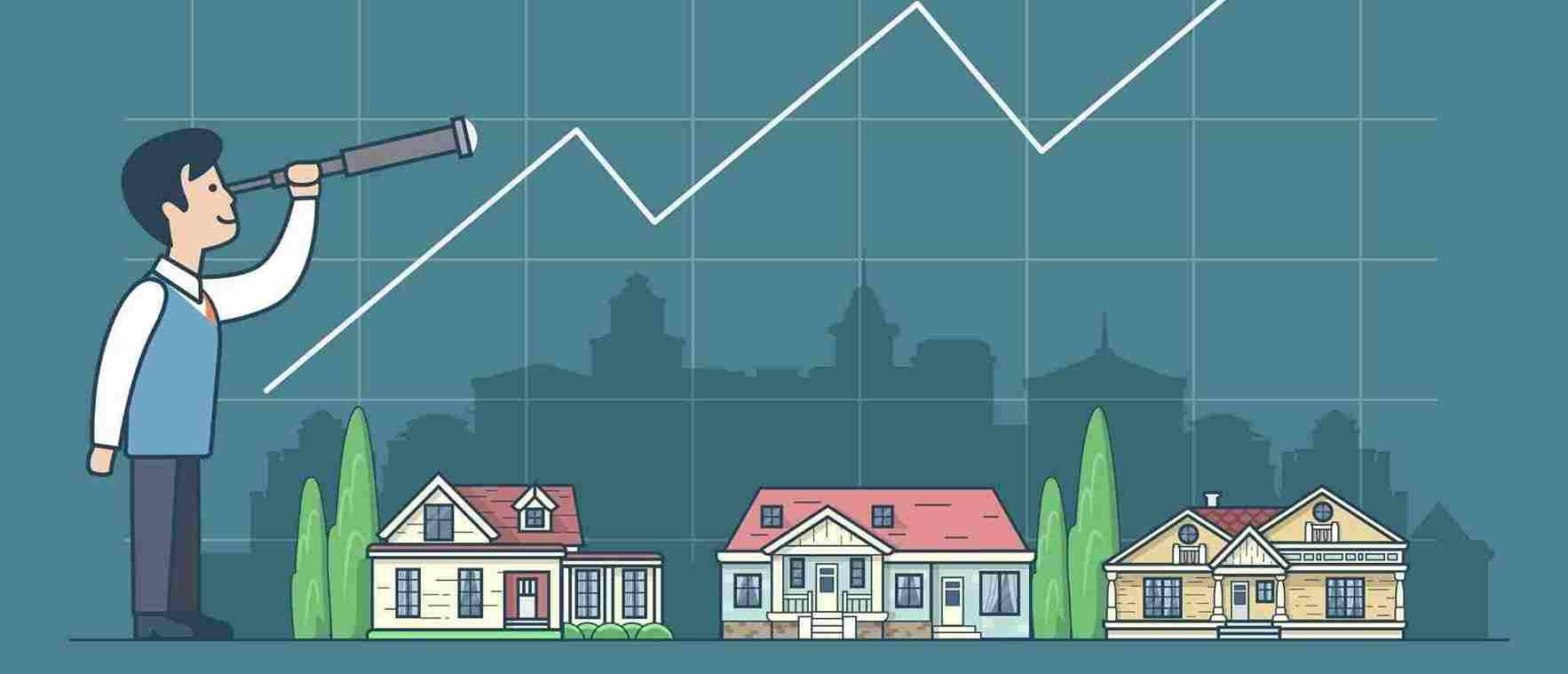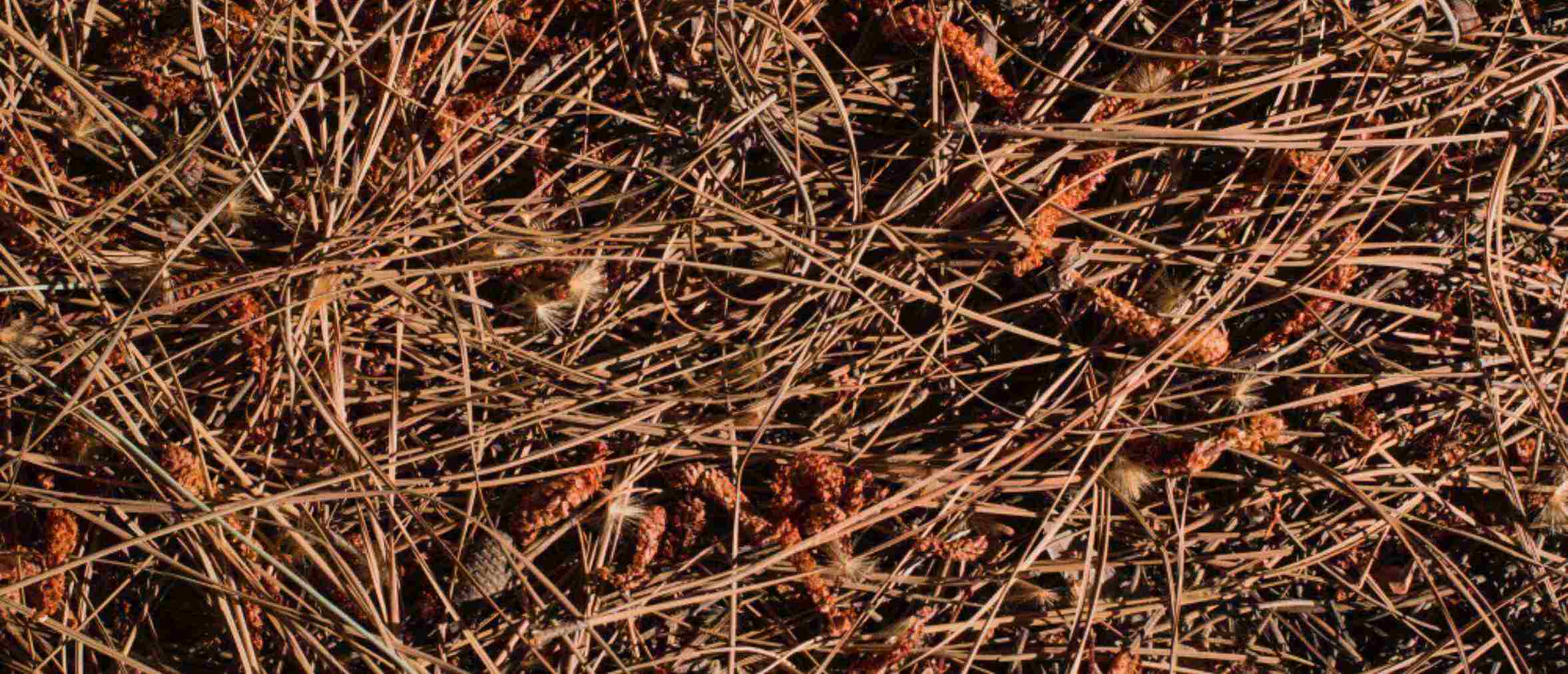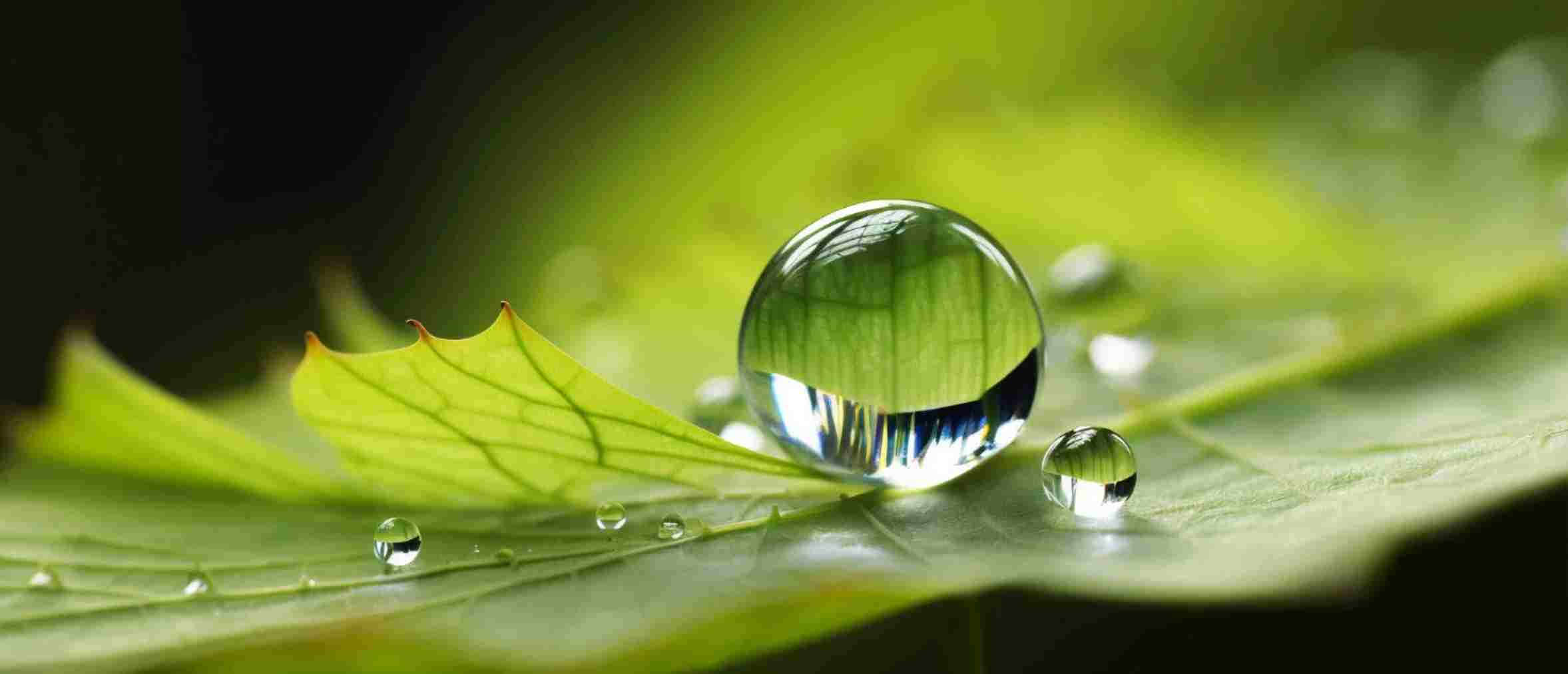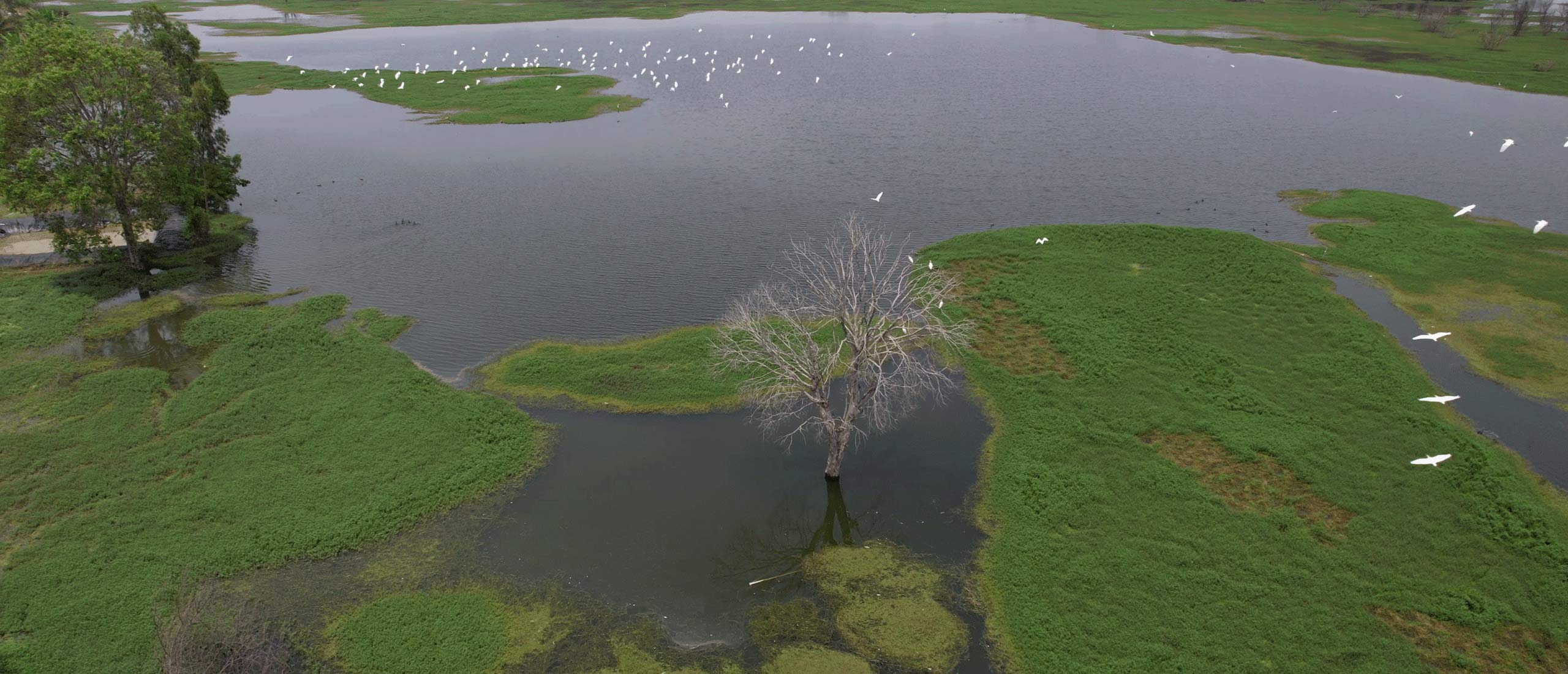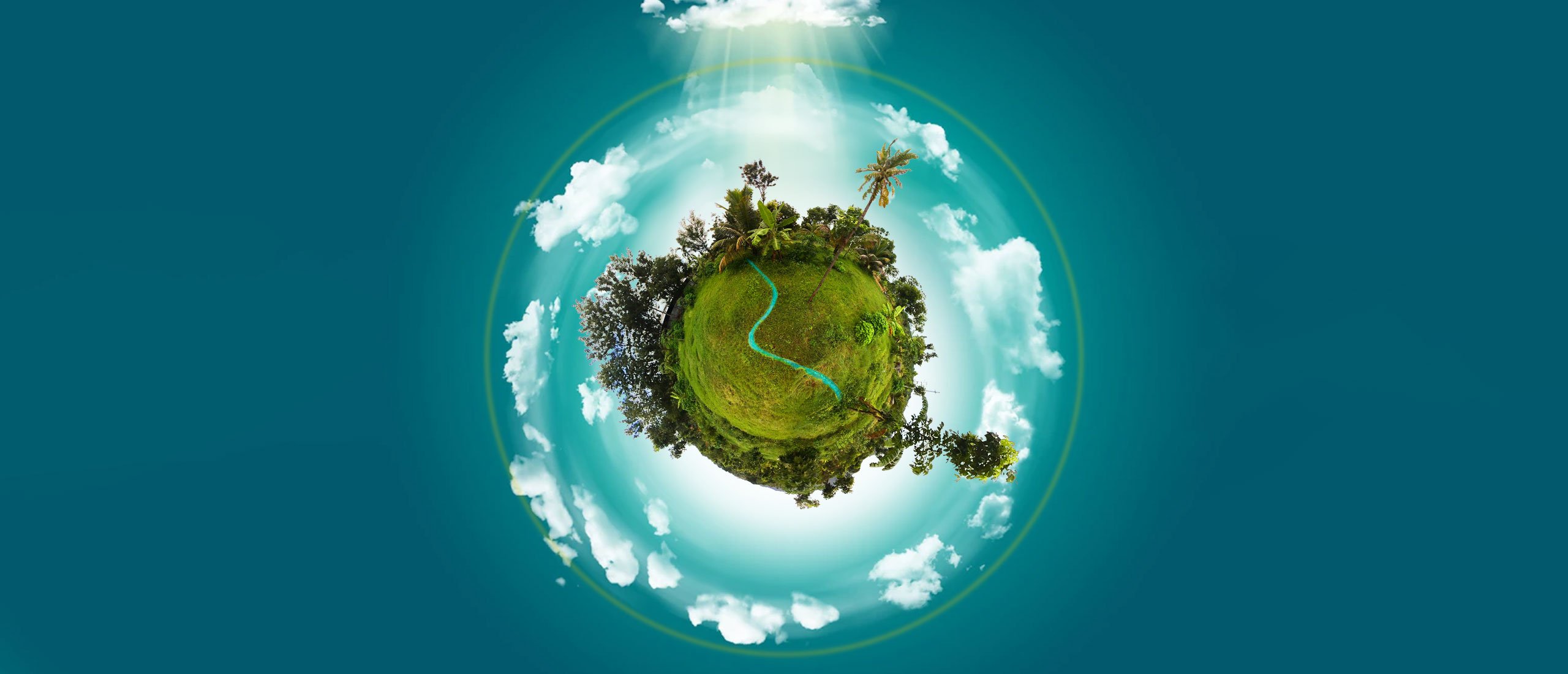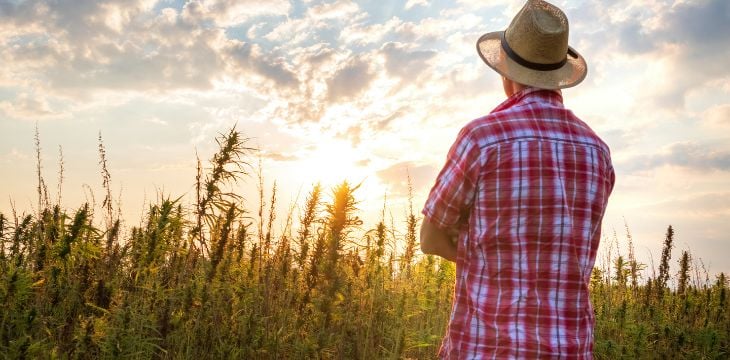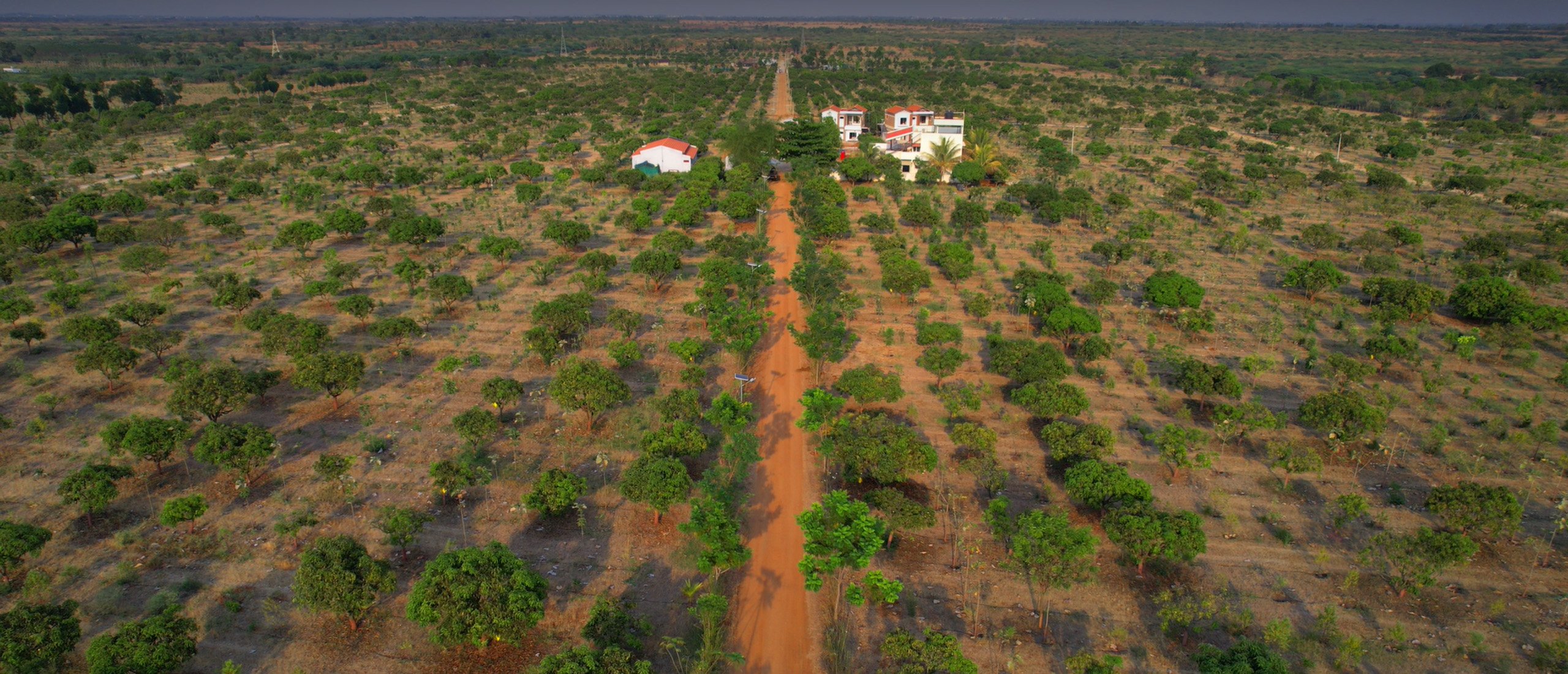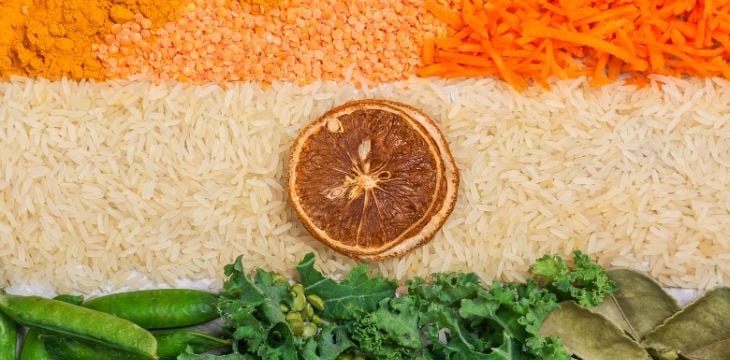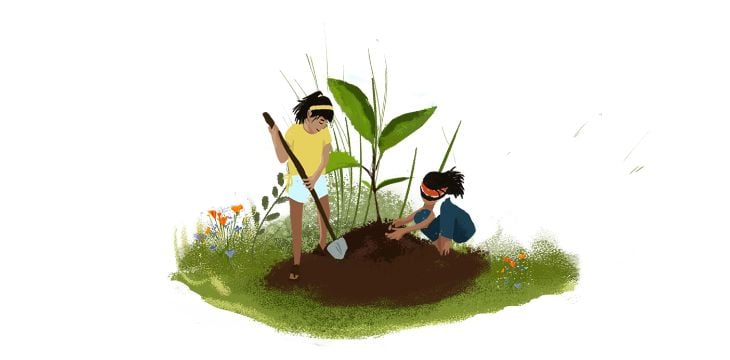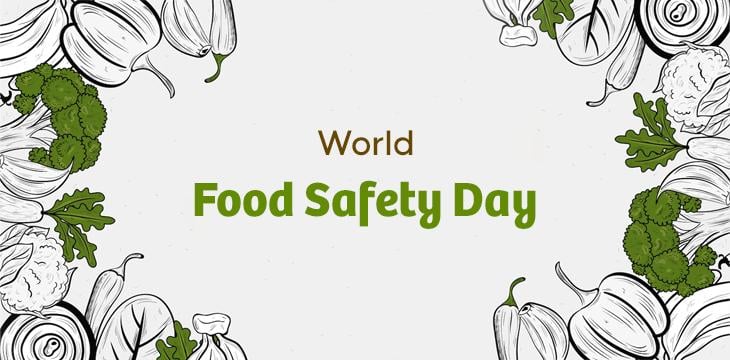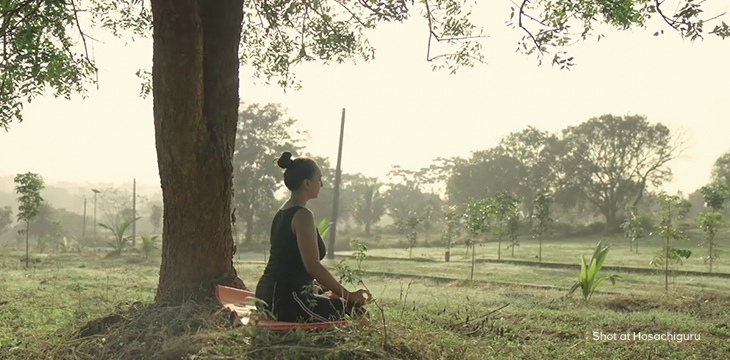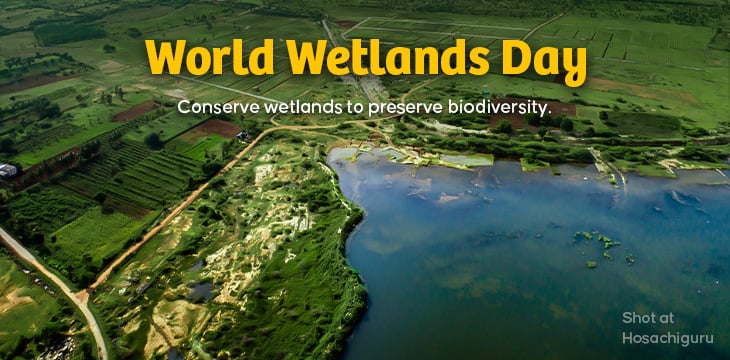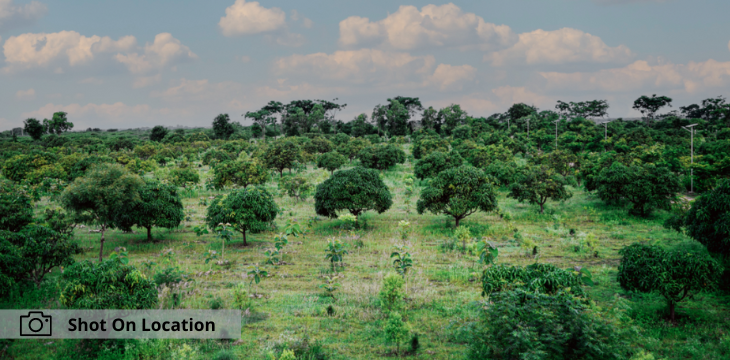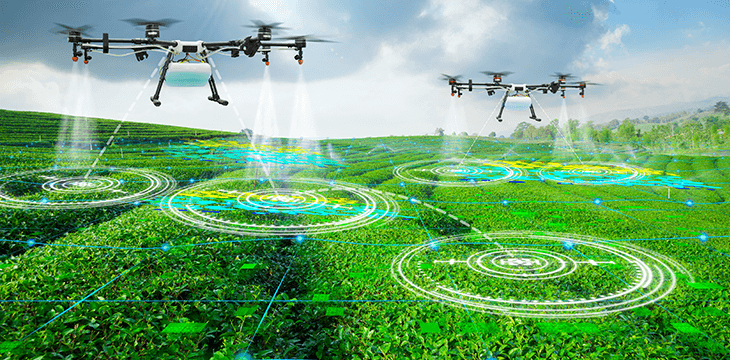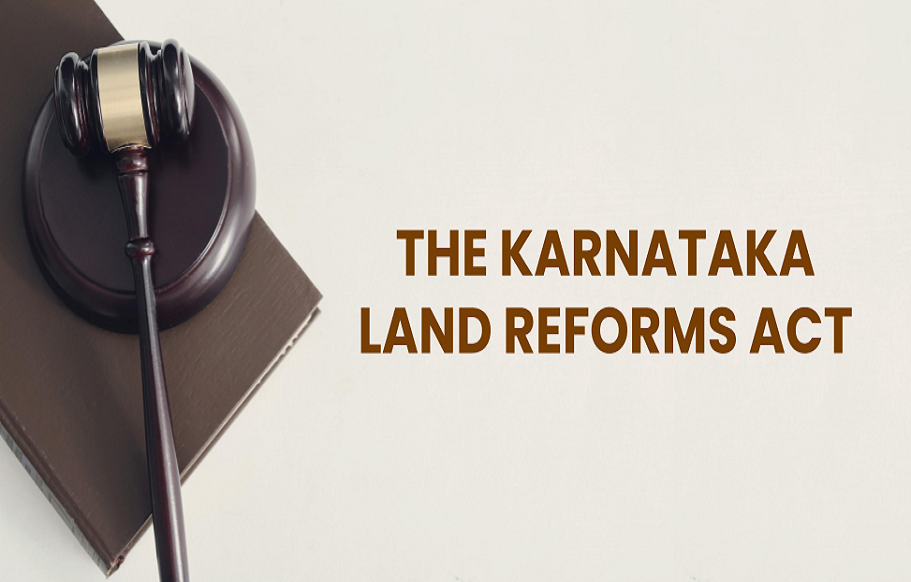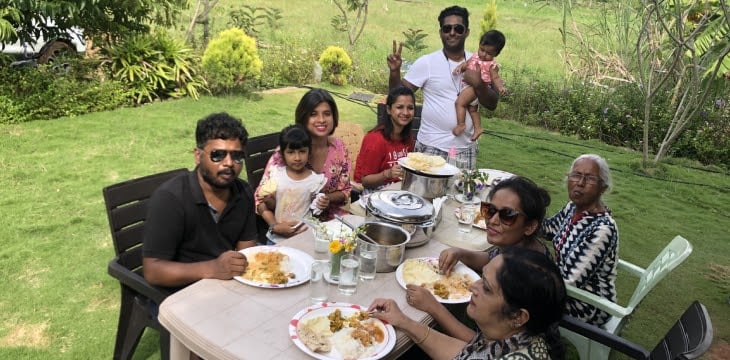October 26, 2024
Author: Anmol Agarwal
Read Time: 7 mins
“The greatest threat to our planet is the belief that someone else will save it.”
— Robert Swan
Anxiety has become a defining challenge of our time, especially for younger generations. A survey of 10,000 youth found that over half believe humanity is doomed, three-quarters feel afraid of the future, and more than one in three are unsure about having children. Many fear they might be the last generation—but they don’t have to be. Instead, this could be the generation that leads the world toward sustainability.
Sustainability means meeting the needs of today without compromising the future. While our ancestors lived sustainably to some extent due to smaller populations, their progress came at a high environmental cost. More energy meant burning fossil fuels, and more food required expanding farmlands at the expense of forests. However, technology is now enabling us to separate growth from environmental harm, offering new ways to thrive without sacrificing the planet.
To move forward, we must reduce carbon emissions, phase out fossil fuels, and end deforestation—all while feeding a growing population. But sustainability shouldn’t be framed as a burden or sacrifice. Too often, environmental efforts focus on scarcity, asking people to cut back and live minimally. This narrative limits how we imagine the future.
Instead, sustainability is an opportunity—one that offers clean, accessible energy for all, freeing communities from the unpredictability of fossil fuels. It’s about breathing cleaner air and designing cities and communities that serve both people and nature. Sustainability challenges us to rethink how we live and build, offering the freedom to create a healthier, more resilient world. We are not the last generation—we could be the first to build a sustainable future.
Future-proof the planet; act sustainably now!
The Hidden Journey of Waste: Does Recycling Really Make Sense?
There is no such thing as “away.” Every time we throw something out, it still goes somewhere. For example, did you know that 15,000 disposable cups are produced every second? Recycling might seem like a solution, but the reality is complicated. Whether something is recyclable, whether it actually gets recycled, or whether recycling it even makes sense, often yields different answers. Mixed messages have made recycling confusing, leaving many of us wondering what the right thing to do really is.
To be clear, recycling is important—we absolutely need to recycle more. Learn what your local waste service accepts and recycle properly. But recycling alone won’t solve our addiction to waste. Growing up, many of us were taught the three R’s: reduce, reuse, and recycle. Yet for decades, we’ve focused too much on recycling—the last step in the hierarchy. We need to shift our mindset to producing and consuming less in the first place. Here are simple ways to embrace sustainable living:
- Buy fewer, higher-quality items that last longer.
- Shop second-hand for clothing, furniture, and electronics.
- Carry reusable bags, bottles, and containers to avoid single-use plastics.
- Incorporate more plant-based meals into your diet.
- Use LED lighting to save energy.
- Limit water use with shorter showers and low-flow fixtures.
- Harvest rainwater for outdoor activities.
- Download media instead of streaming repeatedly.
- Switch to natural cleaners like vinegar and baking soda.
- Choose products with minimal or eco-friendly packaging.
Small changes can make a big difference. When we rethink our habits, we move from managing waste to preventing it altogether.
The three R’s aren’t just letters; they’re a pecking order. Start with reduce!
The Secret Life of Dirt: Why Soil is the Real MVP?
Have you ever stopped to think about how your food is produced? More importantly, is this production in harmony with the limited resources of our planet? Earth is home to 8 billion people, and by 2050, that number will rise to 10 billion, driving up food demand by 70%. But here’s the alarming truth: if we continue exploiting our resources at the current rate, we could face severe food shortages within 30 years. This isn’t just a challenge for future generations—it’s a crisis we need to confront now.
What’s wrong with today’s agriculture? In recent decades, agriculture has intensified to meet growing demand. High-yield crop varieties have helped, but these crops lack nutrients, as well as drain essential nutrients from the soil. To replenish these nutrients, farmers rely heavily on synthetic fertilizers and pesticides, which contaminate soil and groundwater and harm biodiversity.
But the most overlooked part of this story lies underground. Beneath our feet is a hidden, thriving world—one we rarely consider. A single teaspoon of soil contains as many organisms as there are humans on Earth, up to 10 billion organisms, contributing to 25% of the planet’s total biodiversity. These microscopic organisms play essential roles in maintaining life on Earth, driving critical biochemical cycles that regulate the global climate.
For instance, soil microbes produce greenhouse gases like carbon dioxide but also help consume methane, counteracting the effects of climate change. Microbes also recycle nutrients, making them accessible to plants and promoting healthier crops. Some microbes can even convert atmospheric nitrogen into plant-usable forms, providing the equivalent of 100 million tonnes of nitrogen fertilizer annually. Without them, we’d need to double our synthetic fertilizer use just to maintain current agricultural output.
Beyond fertilization, these tiny organisms help plants withstand environmental stresses like drought, extreme temperatures, and floods—essential support in a warming world.
It’s time we recognize the unseen heroes beneath our feet. Soil biodiversity plays a fundamental role in sustaining our ecosystems, yet human activities threaten to degrade this precious resource. As consumers and as a society, we need to protect and value soil biodiversity. By shifting toward sustainable practices, we can ensure that this vital ecosystem continues to support life for generations to come.
The invisible world beneath us is not just dirt—it’s the foundation of our future.
Hosachiguru’s Eco Elixir for Sustainable Farming
At Hosachiguru, we cultivate more than just plantations; we nurture a sustainable future through thoughtful practices on our managed farmlands. Here’s how we make a difference:
- We give our soil the care it deserves by covering it with a protective layer of mulch. This natural blanket locks in moisture, suppresses weeds, and fosters a thriving ecosystem beneath the surface.
- We’re committed to no-till farming, where the soil remains untouched. This approach boosts soil health, prevents erosion, and sequesters carbon, creating a more sustainable, resilient farming system.
- Our composting process gets a boost from nature’s best recyclers—worms! These little workers break down organic waste, turning it into vermicompost, a nutrient-packed fertilizer that enriches the soil naturally.
- We feed our plants with Jeevaamrutam, a nutrient-rich, all-natural tonic made from traditional ingredients. This plant superfood enriches the soil, introducing essential nutrients and beneficial microbes to keep it thriving.
- We add biochar, a carbon-rich material, to our soil to enhance its nutrient-retention capabilities. Biochar acts like a sponge, soaking up nutrients and water, and providing long-term health benefits for the soil.
- Our farms are equipped with swales, shallow trenches designed to capture rainwater. These water-harvesting structures recharge groundwater and keep our soil hydrated, even during dry seasons.
- We grow fast-growing trees in our biomass plantations, providing a renewable source of fuel while enriching the soil with organic matter, improving its health and structure.
- Restoring riparian zones and conserving wetlands is a key priority at Hosachiguru. These natural areas help rejuvenate ecosystems, reduce erosion, and improve water quality, supporting both the environment and our farms.
- We embrace companion planting, strategically pairing plants that support each other’s growth, naturally repel pests, and enhance biodiversity for a healthier, more balanced farm ecosystem.
- Our focus on planting native species ensures our crops are perfectly suited to the local environment. These resilient varieties are more water-efficient, better adapted to the climate, and help boost overall farm sustainability.
At Hosachiguru, our commitment to sustainability goes beyond farming techniques to fostering a community of passionate co-farmers. Neependra Khare, a dedicated member of our Dhaanvi Farm family, exemplifies this spirit by growing 70% of his family’s food on his own land, cultivating a variety of vegetables such as bottle gourd, spinach, tomatoes, brinjals, and American sweetcorn.
His approach to farming embraces natural practices, using neem oil for pest control and companion planting with marigolds to keep bugs at bay. These efforts align perfectly with Hosachiguru’s principles of nurturing healthy soil and building a sustainable future. Neependra’s journey is a heartening example of how our co-farmers are not just growing crops but also cultivating a resilient, eco-friendly lifestyle for generations ahead.
Conclusion:
On this Sustainability Day, let’s commit to actions that will secure a healthier, more resilient planet. Whether through sustainable farming, reducing waste, or conserving resources, each step we take today brings us closer to a future where growth and harmony with nature coexist. This is our moment to rethink how we live, consume, and protect our world, and remember sustainability is not a burden, but an opportunity to innovate and thrive.
Save the planet—because there’s no Planet B!














